Getting your Trinity Audio player ready...
If there’s a rule of thumb about nature that is always important to remember is that wildlife is not part of the environment. It is the environment.
Read more:
And with rain often being accompanied by revitalization and natural rejuvenation, we are now getting a glimpse of how Israeli wildlife is coming into its own in the Gaza border region, war or not.
6 View gallery
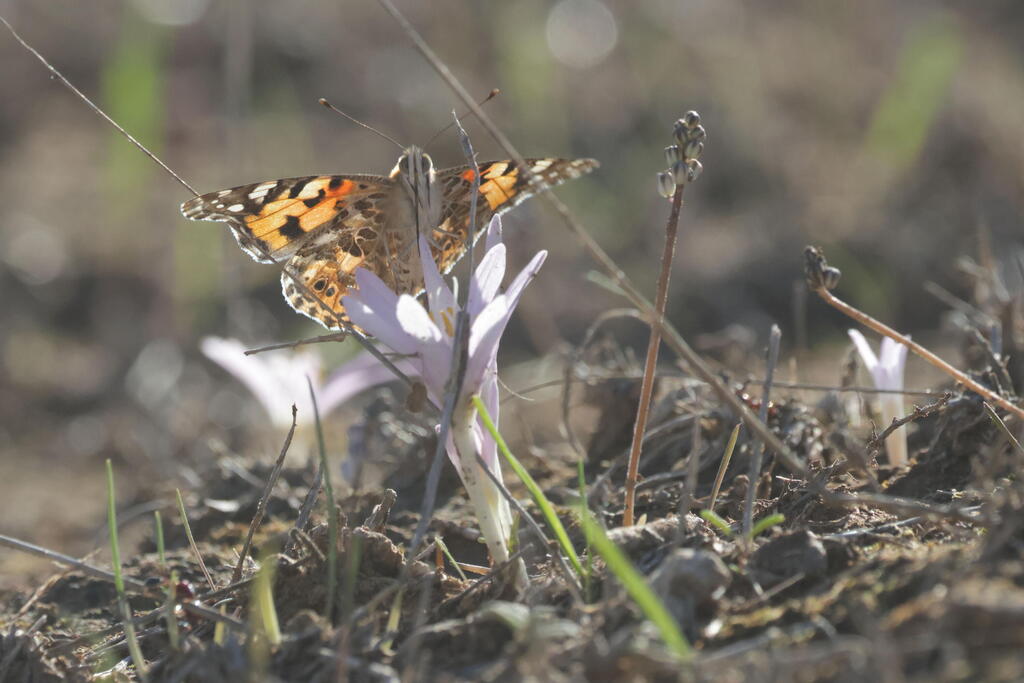

The painted lady butterfly enjoying nectar
(Photo: Amir Balaban, Society for the Protection of Nature)
Amir Balaban, director of Urban Nature at the Society for the Protection of Nature, who has been spending quite a bit of time in the area as part of his IDF reserve duty, has been documenting the banks of HaBesor stream, where winter’s early rain brought with it magnificent signs of blooming flowers.
6 View gallery
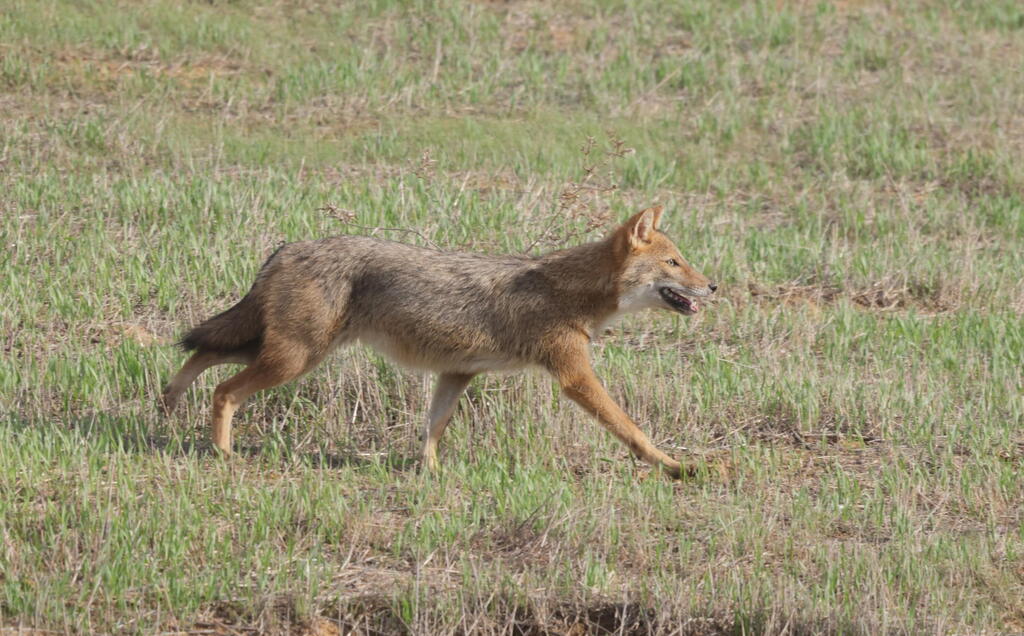

The beautiful golden jackal
(Photo: Amir Balaban, Society for the Protection of Nature)
6 View gallery
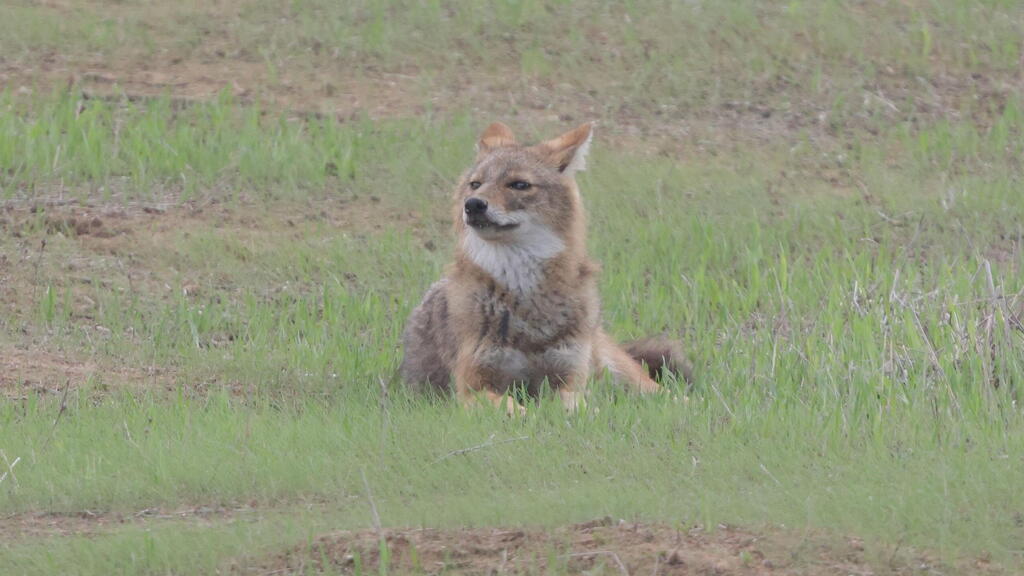

The jackal has a luxurious fur
(Photo: Amir Balaban, Society for the Protection of Nature)
This, in turn, brought the return of the Painted Lady Butterfly, which enjoys some nectar in exchange for providing airborne assistance for some seed dispersal which spreads life all over the area.
Other signs of life include the Messor, a myrmicine genus of ants that live in massive colonies throughout the fields. “These winged ants make up a substantial component on the menu of many wildlife species, including birds and several other predators,” Balaban said.
During his stay in the Western part of the Negev area, Balaban toured around the HaBesor stream, one time photographing a pair of beautiful golden jackals. The two of them snacked on some ants, using the protein it delivers to grow stronger.
6 View gallery
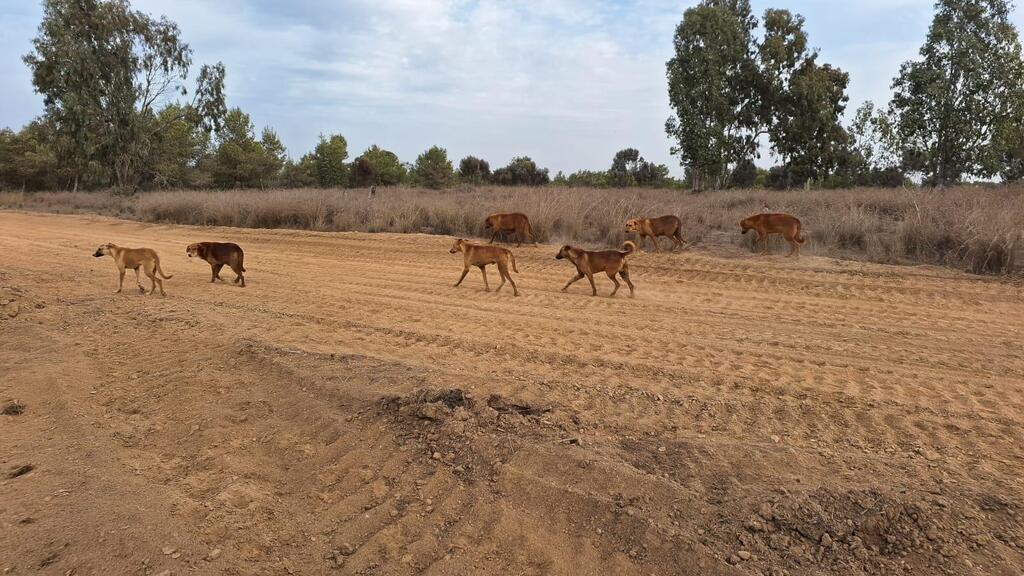

Wild dogs are an invasive species
(Photo: Amir Balaban, Society for the Protection of Nature)
“The jackals actually benefited from the fact there wasn’t much human activity inside the streams due to the war, as it enabled them to venture out in the daylight,” Balaban explains. “However, since they’ve become accustomed to eating leftovers discarded by humans, they’re venturing closer to the nearby kibbutzim, where there is abundance due to the lack of sanitation services because of the war.
“The golden jackal is ubiquitous in the western Negev region, and the tall vegetation in the HaBesor stream is ideal for them to discreetly move around. This is their courtship season and it’s possible to see male and female pairs running around, getting ready for mating season, which occurs late winter.”
6 View gallery
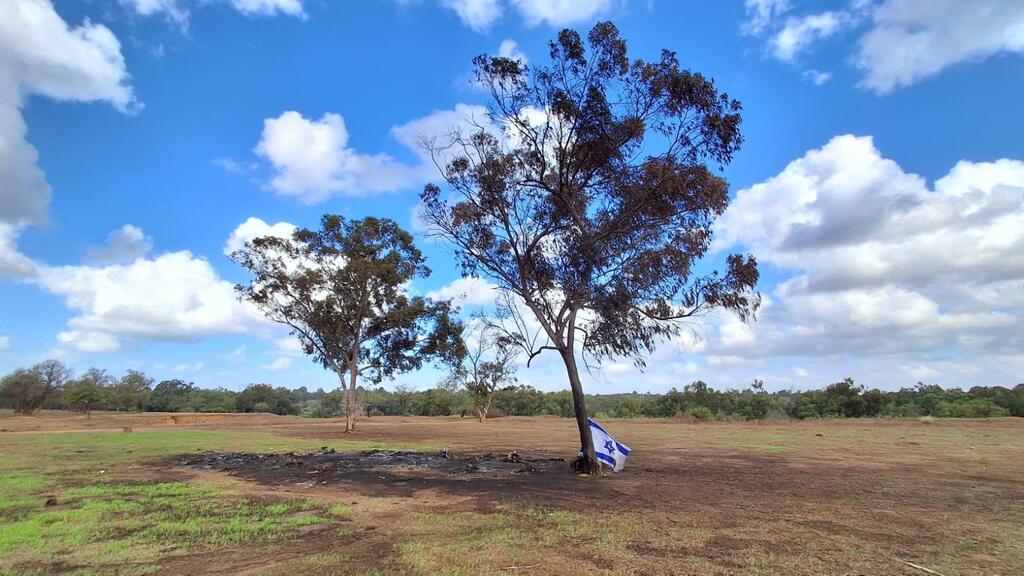

Early signs of blossoming in the area next to Re'im
(Photo: Amir Balaban, Society for the Protection of Nature)
If you’re wondering how animals react to the sounds of war just a couple of miles away, the answer is that they stray away as much as possible and find places to hide, seeing as they are scared of human interaction even when there is no war.
6 View gallery
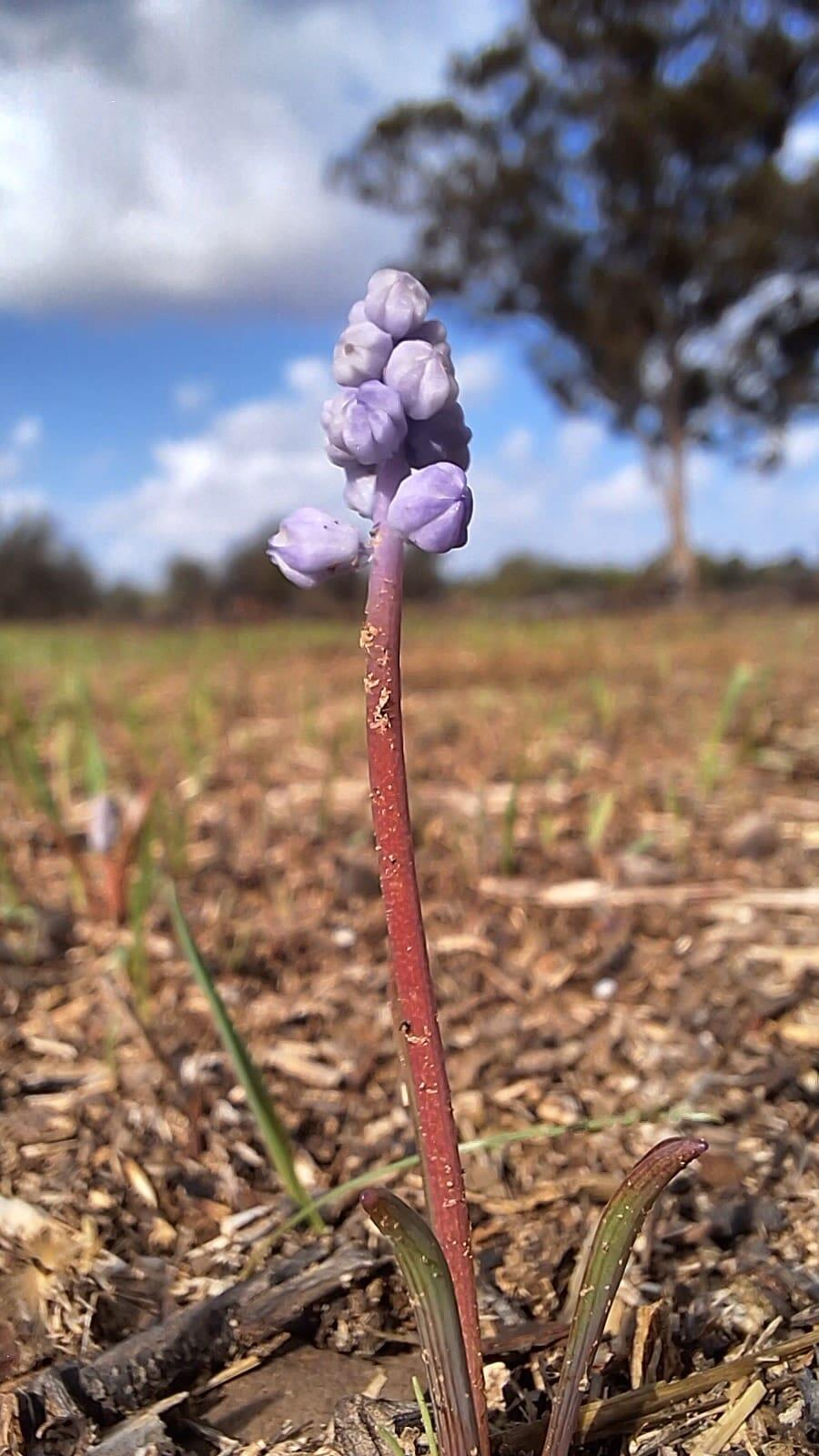

Both animals and plants coming to life
(Photo: Amir Balaban, Society for the Protection of Nature)
Other nocturnal wildlife inhabit these areas, such as the mongoose and wild boars.
“One of the most worrisome things we’ve noticed is the penetration of wild dogs to those areas, escaping from the Strip. They constitute an invasive species, and this could unbalance the ecological system and impact the return of people who like to enjoy nature as well. This could impact mating season with dears in the spring and other ground animals in the vicinity," according to Balaban.

